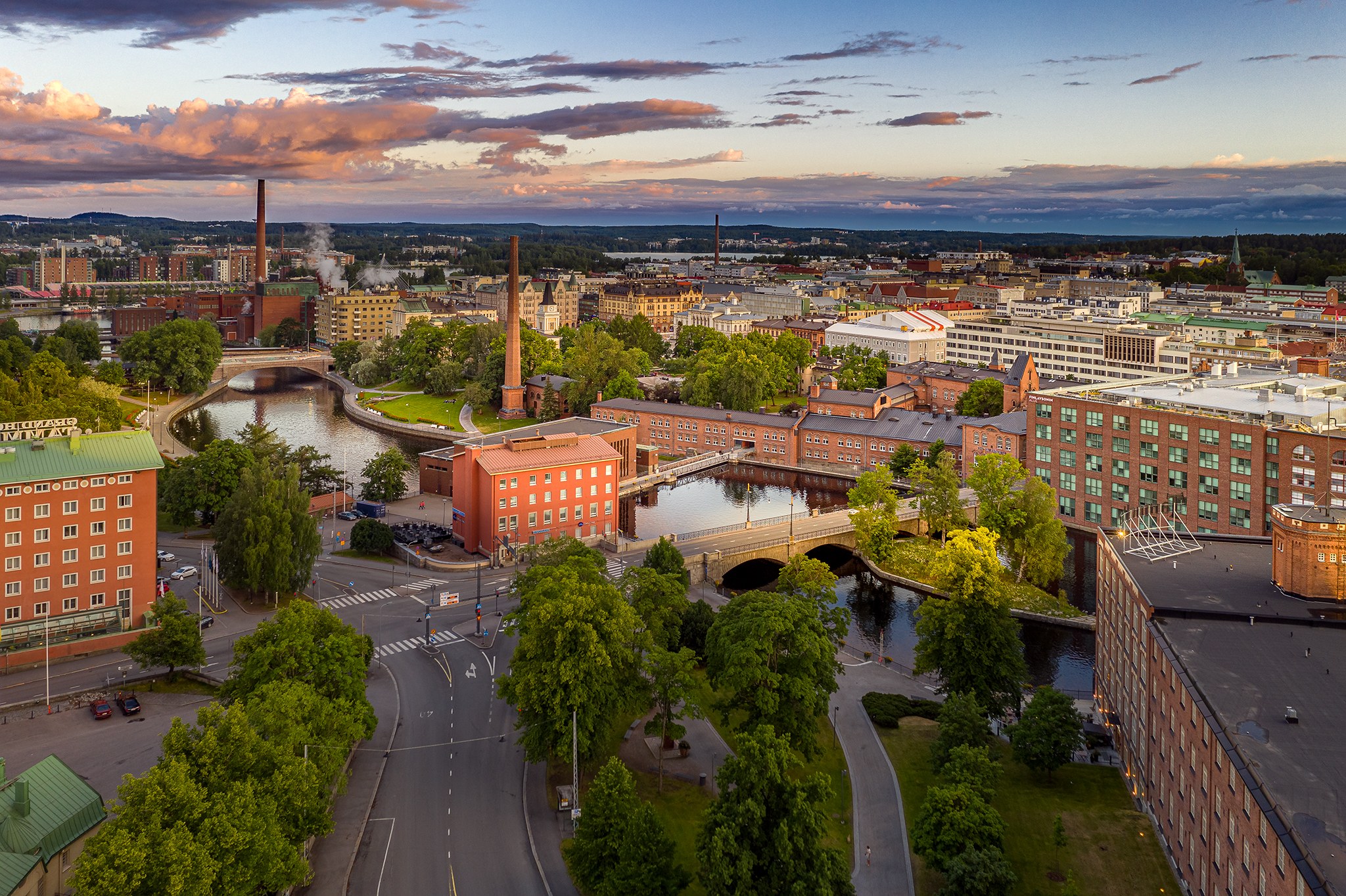The Tampere city region is the second largest economic region and growth centre in Finland, comprising eight municipalities: Kangasala, Lempäälä, Nokia, Orivesi, Pirkkala, Tampere, Vesilahti and Ylöjärvi. The economic development vision of the Tampere city region until 2025 is “Superior capacity for renewal – sustainable growth”. The vision will be achieved through the best business experience, an attractive industrial growth platform, an increased capacity for renewal and innovation, and a sustainable, competitive economy.
Maintaining the capacity and desire for renewal and innovation will help the region stay at the forefront of competition as the operating environment changes. Strong engines of enterprise, a dynamic stock of startups and growth companies, vibrant ecosystems, the formation of a new university community, an increasingly close-knit educational field, and cross-organisational cooperation all contribute to creating an excellent basis for developing our capacity for renewal. The Tampere city region strives to lead the way and to achieve global visibility in select key themes that span different sectors and ecosystems and are crucial for the future.
Sustainability is a prerequisite for competitiveness in global markets. Sustainable business means climate-smart operating models, greener technology, sustainably designed products, and well-being for entrepreneurs and employees. Sustainable growth in the city region will be strengthened through support for the development of climate-smart ecosystems and the emergence of circular economy clusters, and by promoting market access for new, more sustainable solutions through public procurement. The region’s sustainable business is framed by green, attractive and more accessible cities and municipalities with vibrant centres.
The strategy’s objectives are translated into everyday activities through eight focal points (see Figure 1).

